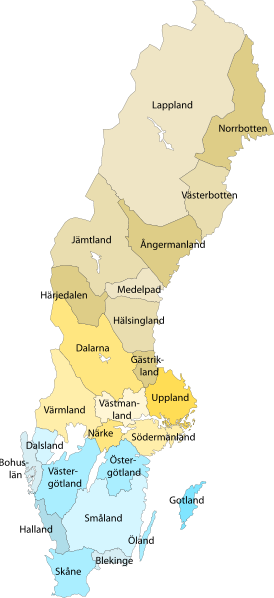Two facts are clear:
- People were still using bone skates in Sweden in the nineteenth century (see pp. 143–145 of my Skates Made of Bone).
- Many people immigrated from Sweden to the midwestern United States in the nineteenth century.
This combination of facts had led me to wonder whether Swedish immigrants to the Midwest used bone skates in their new homeland. Based on my research so far, the answer seems to be “no.” Every time I’ve visited an archive or asked at a museum or historical society, the response has been one of helpful bewilderment. While Swedish immigrants are well-known, bone skates are unheard of.
If it’s true that they didn’t use bone skates, the next question is, why not? This is a good opening for more research. A few possibilities have occurred to me:
- Bones were not readily available because the immigrants’ relationship to animals was different in the US. This could be related to farm vs. city life or poverty.
- The parts of the US where they settled weren’t well-suited to skating. They could have been too snowy (Minnesota does get a lot of snow) or lacked good places to skate. This is questionable because I have found references to immigrants using metal-bladed skates.
- Swedish immigrants tried to integrate themselves into American culture, which didn’t include bone skates.
The next step is to zoom in on the details to figure out what was happening on a smaller scale. I know of certain places in Sweden where people were still using bone skates—Småland and some of the other southern provinces, including the islands of Gotland and Öland. This is the blue area in the map. Further north, skiing was more popular because there was much more snow.

If I can figure out where exactly in the US people from those places tended to live, I’ll have good candidates for further investigation.
